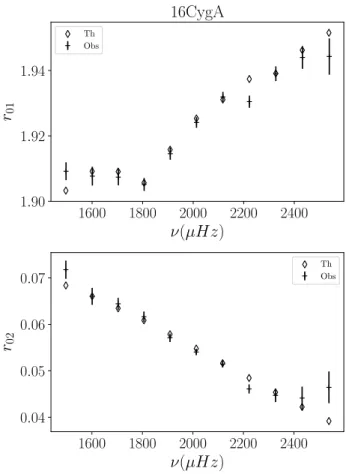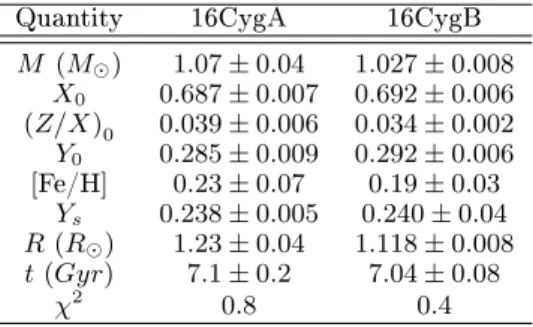Thorough characterisation of the 16 Cygni system. I. Forward seismic modelling with WhoSGlAd
Texte intégral
Figure

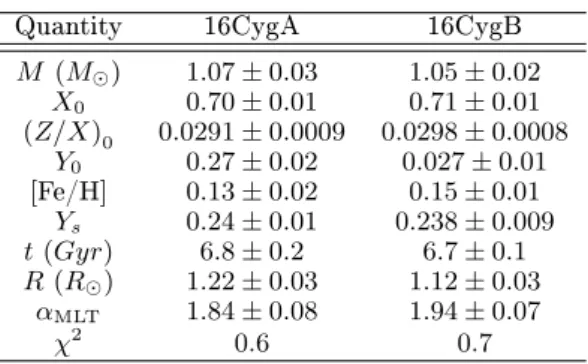
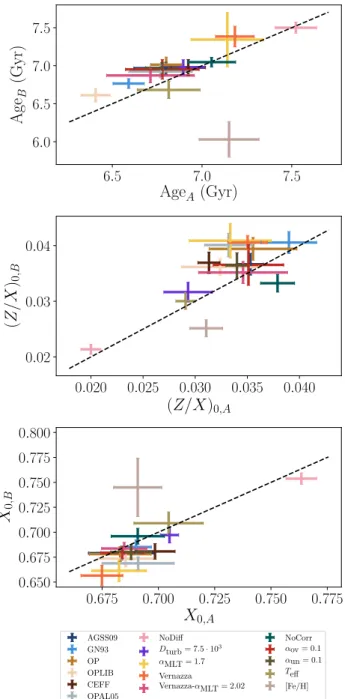
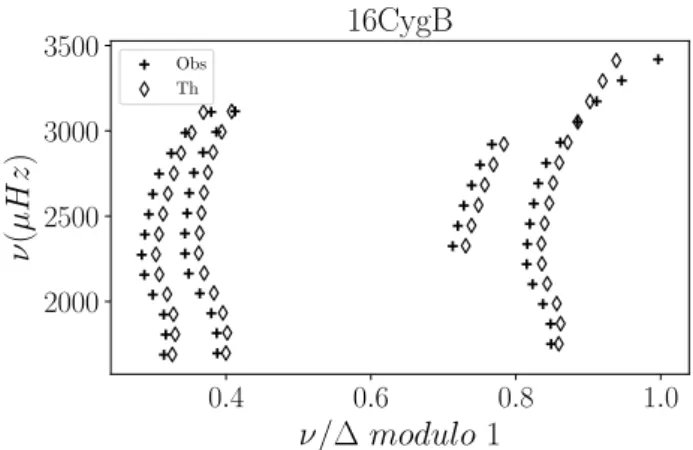
Documents relatifs
Starting from Kelsen’s and Weber’s definition of the State, I argue that the modern State or Sate stricto sensu is a form of political power that is exercised in the form of law
Combined with measurements obtained at room-temperature, it allows us to establish a reliable thermal equation of state that can be extrapolated to core conditions Our results
In the case of the I-frame, the utility function is derived with respect to the individual contribution d i , and in the We-frame, all individual contributions d j are equal
Spectral index values for passive and star-forming galaxies combined as a function of environmental density and stellar mass for J0152.7 (red) and J1252.9 (blue).. Trends are
However, as we will develop in the next chapter, finite temperature nuclear matter as it is formed in supernova explosions and the cooling of proto-neutron stars is in
In this context, a flocculation model must be able to predict the thermody- namic conditions (pressure, temperature, composition) result- ing in a risk of asphaltene deposition,
Le soin - Pour les auteurs, c’est l’infirmière qui doit préserver l’équilibre du bien-être de la personne au travers du soin. Elle doit donc identifier les agents
(particulary in 2 and 3 D.) have been carried out on systems subject to periodic boundary conditions, has not permitted to consider the questions dealt with in this paper. We

